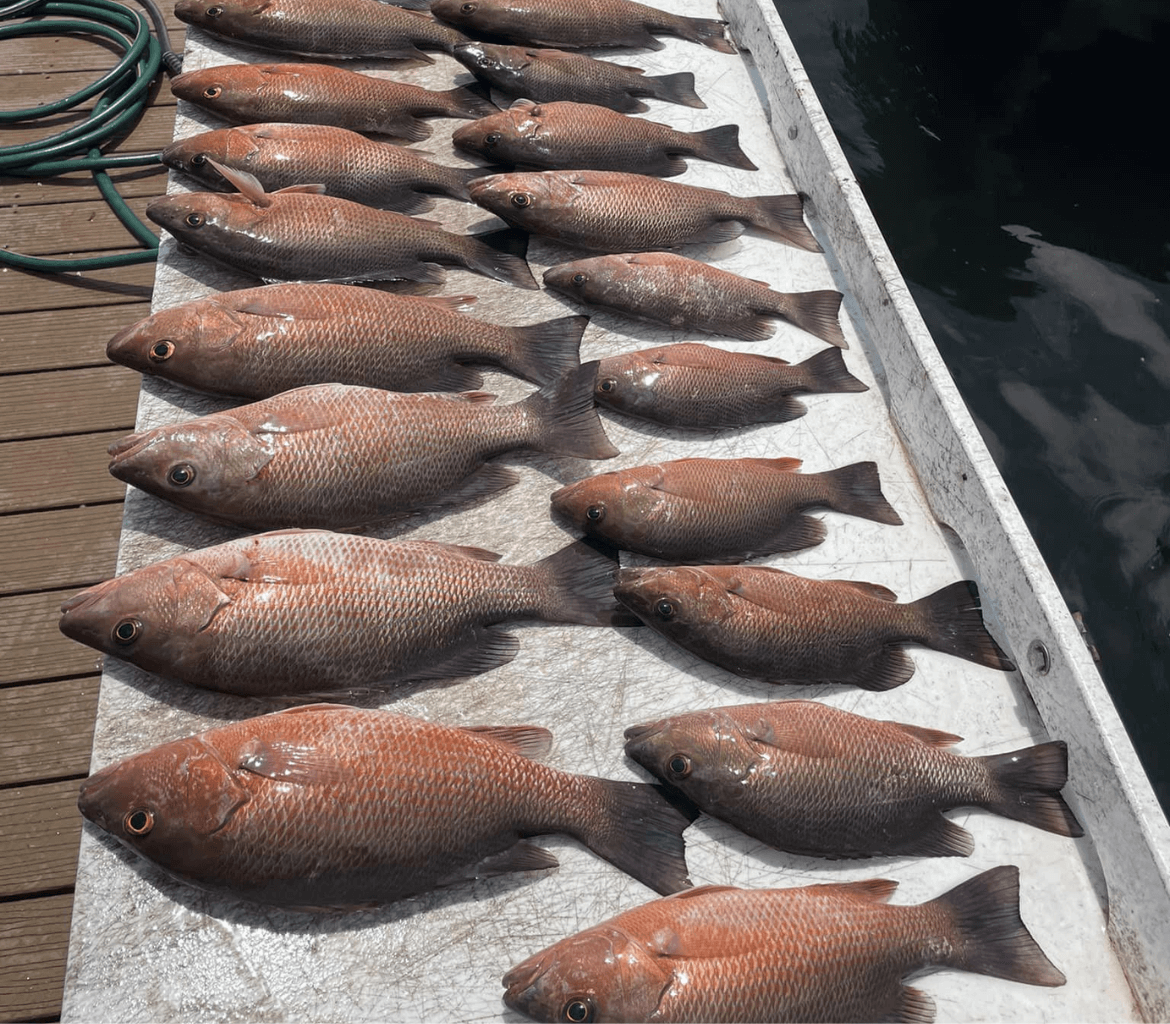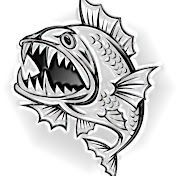Mangrove Snapper
Mangrove Snapper (Lutjanus griseus), often called gray snapper, are a popular inshore game fish in Florida. Common names in the English language include gray snapper, gray silk, mangrove snapper, mangrove pargue, mango snapper, pargue , black pargue, black snapper, lawyer, silk, and snapper. They are known for their tasty meat and strong fight. These fish have a sleek, dark gray to reddish-brown body with a subtle stripe running from their gills to their tail. The name "snapper" comes from their sharp teeth and powerful jaws.
Mangrove Snapper live in various habitats such as mangrove-lined shores, rocky ledges, reefs, and around piers and bridges. They are agile and strong, making them a fun challenge for anglers. Their delicious white meat makes them a favorite for fishing enthusiasts looking to enjoy a fresh seafood meal.

How big do Mangrove Snapper get?
Mangrove Snapper can grow up to 24 inches in length and can weigh up to 10 pounds, though most commonly, they are found between 10 to 14 inches and weigh around 1 to 2 pounds.
How fast do Mangrove Snapper grow?
Mangrove Snapper are one of the smaller and slimmer members of the snapper family, rarely growing larger than 18 inches long and 10 pounds.
How long do Mangrove Snapper live in Tampa Bay?
Mangrove Snapper can live up to 15-20 years. Their lifespan in the wild depends on various factors, including environmental conditions, availability of food, and predation pressures. These fish typically reach maturity at around 2-3 years of age, allowing them several years to grow and reproduce within their natural habitat.
What months are the best for Mangrove Snapper fishing?
The best months for Mangrove Snapper fishing are typically from May through October. During these warmer months, the water temperatures are ideal for Mangrove Snapper, and they are more actively feeding, making them easier to catch. This period includes the summer spawning season, which further increases their activity and abundance in the area. Anglers can expect to find Mangrove Snapper around mangroves, reefs, and structures such as bridges and piers during this time.
What are the best baits for Mangrove Snapper fishing?
The best baits for Mangrove Snapper fishing include live shrimp, pilchards, pinfish, cut bait like mullet or sardines, and squid, which work well, especially in deeper waters. Artificial lures, such as soft plastics and jigs that mimic small fish or shrimp, are also effective. Using these baits near structures like reefs, mangroves, and piers significantly increases the chances of a successful catch.
Where are the best places to catch Mangrove Snapper?
The best places to catch Mangrove Snapper include areas with plenty of structure where these fish like to hide. Natural and artificial reefs, mangrove roots, rocky ledges, piers, docks, and shipwrecks are all hotspots for Mangrove Snapper. These locations provide excellent cover and feeding grounds, attracting snapper in large numbers. Fishing in these areas, especially during dawn or dusk, significantly increases the chances of a successful catch.
Do you have charters that target Mangrove Snapper?
Yes, we run fishing charters out of
Anna Maria,
Bradenton,
Palmetto,
Ruskin,
Tampa,
Sarasota, which are all located near
Siesta Key
for Mangrove Snapper. Call us today to book your next fishing charter.


